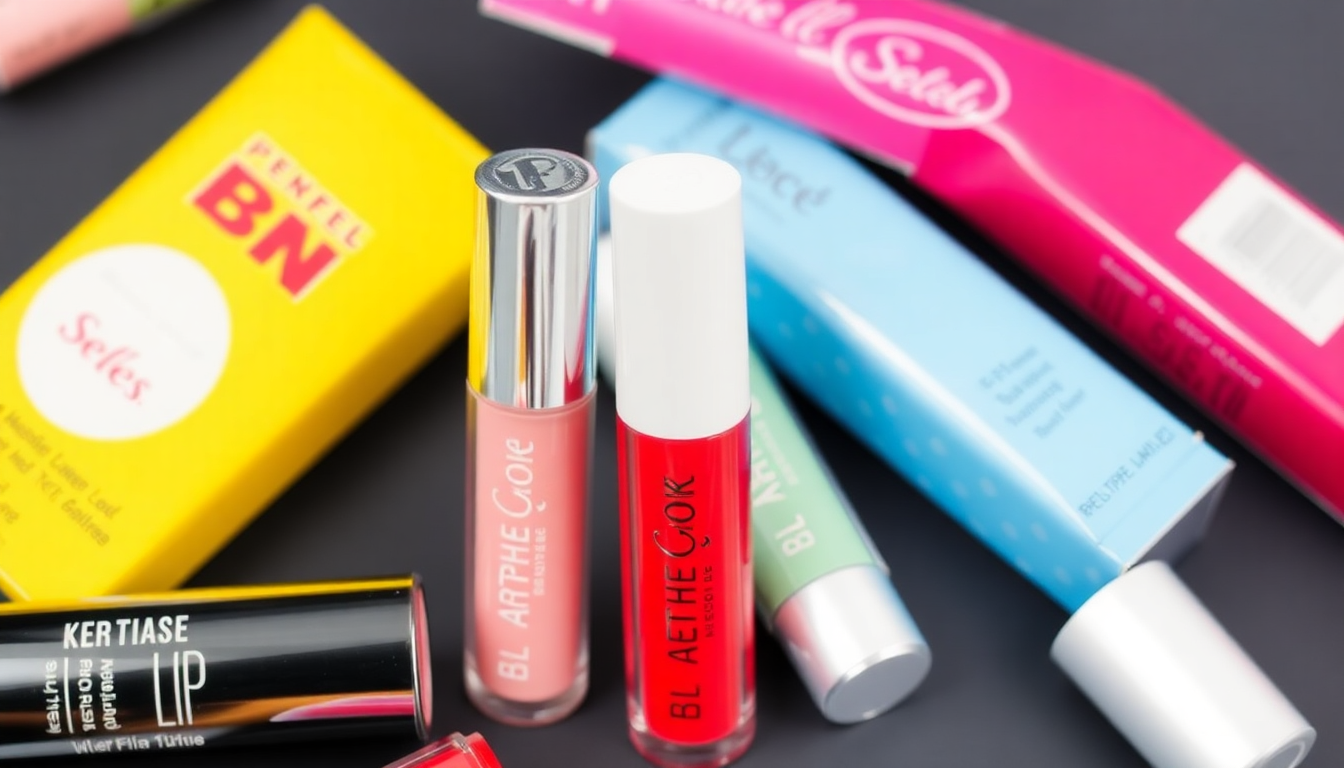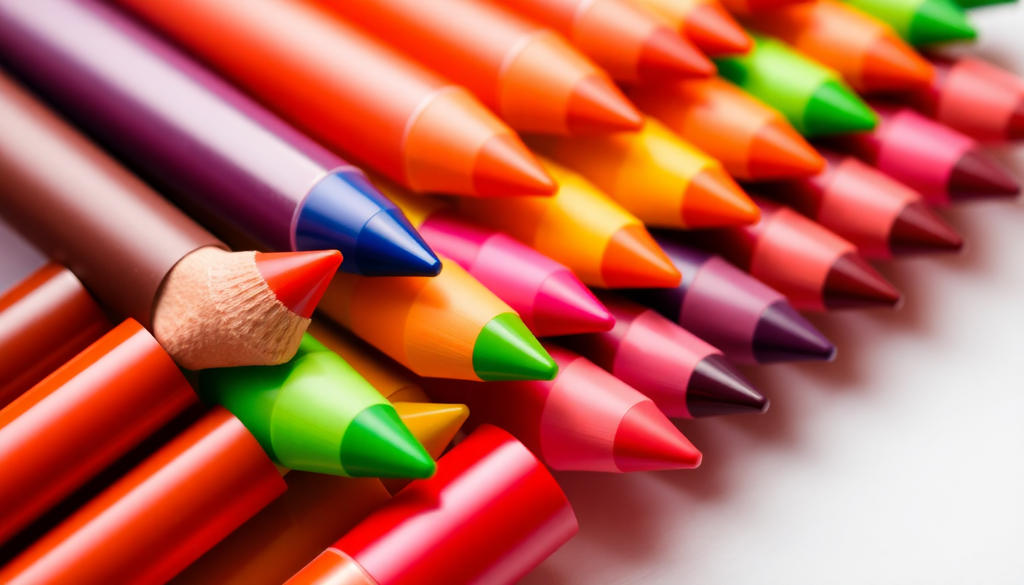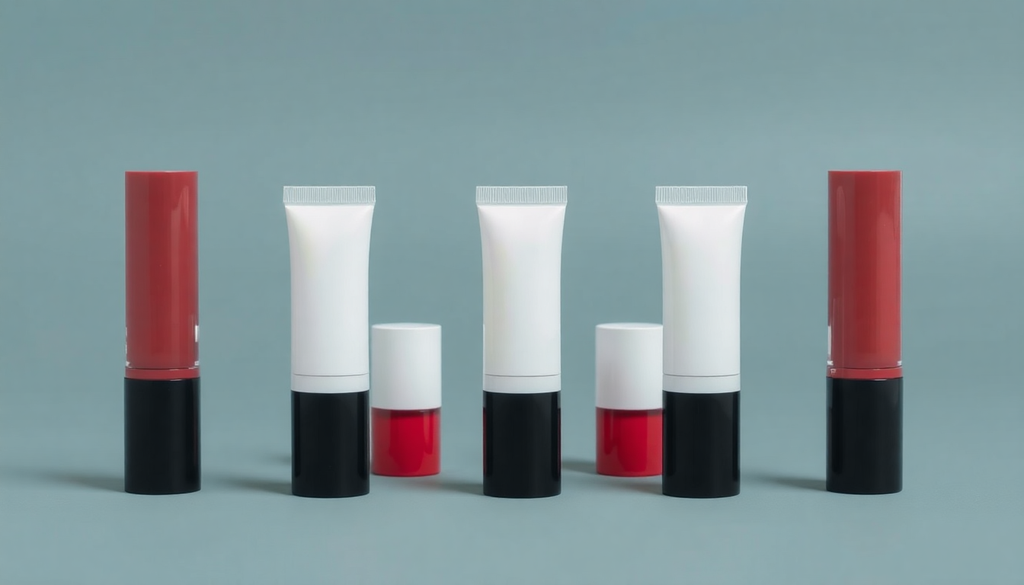
Private Label Lip Gloss Unit Economics: A Manufacturer’s Guide to Vegan Non-Sticky Formulas, MOQ Hacks & True Costing
Private Label Lip Gloss Unit Economics: A Manufacturer’s Guide to Vegan Non-Sticky Formulas, MOQ Hacks & True Costing
Why private label lip gloss is the smartest launch choice in 2025 (trend signals)
Launching a private label lip gloss is a high-impact, lower-risk entry point for beauty entrepreneurs. Glosses are lighter on pigment, easier to QC than complex color cosmetics, and offer high perceived value with relatively low production complexity. Three market data points worth bookmarking for your pitch deck:
- Gloss finishes showed a significant rebound in 2024, with glossy/shine formats growing ~27% in purchase velocity in Q1 2024 vs. Q1 2023 (Source: NPD Group).
- Search interest and sales for vegan cosmetic terms rose sharply—search volumes up ~42% YoY in 2024—reflecting a lasting shift toward plant-forward formulas (Source: Statista).
- Products marketed with “clean” or natural claims accounted for roughly one-third of new lip product launches in 2024, underlining consumer preference for transparent ingredient lists (Source: Mintel).
These trends create a sweet spot for a vegan, non-sticky gloss positioned as a daily staple or trendy topper.
Step 1: Formula foundations - What beginners MUST know
For a vegan, non-sticky gloss you need to nail texture and claims simultaneously. The consumer wants shiny without tack, nourishing without greasiness, and clean without compromising performance.
Core ingredient strategy
- Base esters: Use lightweight, vegan esters (e.g., C12-15 alkyl benzoate alternatives) for slip and quick-set feel.
- Film formers & gloss agents: Choose non-sticky polymeric gloss agents compatible with vegan certification.
- Thickeners & viscosity control: Ethylcellulose or cellulose derivatives work well to avoid oily mouthfeel.
- Humectants: Glycerin or propanediol in low % to add moisture without tack.
- Preservatives: Use vegan-acceptable systems (phenoxyethanol blends, organic acids where allowed) validated by preservative efficacy tests (PET).
- Fragrance & flavor: Keep concentrations low and document IFRA compliance for lip use.
Beginner-friendly formulation checklist (actionable):
- Start with 3 base recipes differing only in ester/viscosity ratios.
- Run blind sensory tests (5–10 testers) focused solely on tack, transfer, and shine at 15, 45, and 120 minutes wear.
- Include a clear/topper variant to reduce SKU complexity while covering broad consumer tastes.
Never skip stability testing! Stability impacts viscosity, shine retention, and preservative performance — failing to test increases reformulation costs and delays launch.
Step 2: Packaging that sells - Budget to luxury options and sustainability trade-offs
Packaging decisions drive unit economics. A glossy tube can be $0.40/unit while a premium glass tube can exceed $1.80/unit at comparable MOQs. Consider three tiers:
- Budget (Best for MVPs): Stock PET tubes with standard flocked wands — low tooling, quick lead times, cost often under $0.80/unit at MOQ 500–1,000.
- Mid-range (Brandable): Custom colored tubes, upgraded collars, and branded wands — better shelf presence; $0.80–$1.50/unit depending on MOQ.
- Premium & sustainable: Glass/acrylic, metal collars, refillable systems, or sugarcane PCR materials — higher cost but brand-differentiating ($1.80+ unit costs and longer lead times).
Packaging decision checklist (actionable):
- Confirm applicator type before finalizing tube design — wand shape affects consumer experience and fill accuracy.
- Ask for fill-line trials with your formula; viscosity changes can require different nozzle sizes.
- Get three supply quotes at differing MOQs to compare per-unit vs tooling amortization.
Step 3: Color selection science - Strategic 5-shade starter set
Start with five shades that cover most consumer needs while minimizing SKU proliferation. Think capsule wardrobe: versatile, complementary pieces that enable cross-selling.
- Sheer Neutral (everyday topper)
- Cool Nude (on-trend)
- Soft Pink (mass market)
- Warm Berry (seasonal/pop)
- Clear Shimmer (universal topper)
Suggested Pantone references as starting points for lab dips (use these as conversation starters with your manufacturer):
- Sheer Neutral: PANTONE 12-0713 TCX
- Cool Nude: PANTONE 13-0906 TCX
- Soft Pink: PANTONE 14-1513 TCX
- Warm Berry: PANTONE 19-1532 TCX
- Clear Shimmer: No Pantone needed — specify shimmer particle size and refractive index.
Color selection checklist (actionable):
- Choose 3 core shades + 2 seasonal to reduce initial MOQ pressure.
- Request physical lab dips not just digital swatches.
- Plan for a universal topper — it multiplies outfit-compatibility without extra SKU cost.
Step 4: True costing & MOQ hacks - Real numbers you can budget to
Below are example costing scenarios (estimates) for a vegan, non-sticky lip gloss. Adjust based on region, freight, and ingredient selection.
Example A: Lean MVP — MOQ 500, stock packaging
- Raw materials & actives: $0.45/unit
- Packaging (stock PET tube, flocked wand): $0.60/unit
- Filling & assembly: $0.18/unit
- Testing amortized: $0.20/unit
- Freight & duty estimate: $0.30/unit
- Total COG: ~$1.73/unit
Example B: Brand launch — MOQ 2,500, mid-tier packaging
- Raw materials: $0.60/unit (additives, better actives)
- Packaging (custom tube & collar): $1.10/unit
- Filling & assembly: $0.12/unit (efficiencies at scale)
- Testing & certifications amortized: $0.12/unit
- Freight & duty: $0.22/unit
- Total COG: ~$2.16/unit
What these numbers mean for pricing: aim for a wholesale price 2.8x–3.5x your COG to cover marketing, returns, and operating expenses. Retail should then be 2x your wholesale or target keystone depending on channel.
MOQ hacks:
- Start with 3 shades and a universal topper to reduce SKU MOQ counts.
- Ask manufacturers about color pooling or surcharges for low-color-count orders.
- Negotiate phased production: smaller first run for market testing, followed by full run if successful.
Regulatory & claims: compliance you can’t ignore
Documenting claims matters. For a vegan lip product you’ll need:
- Full INCI ingredient list and supplier declarations.
- Vegan certification or supplier affidavits for every raw material.
- Preservative efficacy test (PET) and microbial testing reports.
- Label copy that complies with regional regulations (FDA in the U.S., CPNP in EU).
Hidden cost alerts: independent lab testing, claim certifications, and unexpected reformulations for regulatory compliance are common budget blowouts. Factor in $500–$3,000 for initial lab work depending on scope.
Manufacturer’s corner: process, timelines & what we expect from you
Typical timeline from brief to finished cartons (for a standard gloss line):
- Brief & benchmarking: 1 week
- Lab dips & samples: 3–6 weeks (2–3 rounds)
- Stability & PET: 4–12 weeks (accelerated tests may shorten validation)
- Packaging tooling & approval: 3–8 weeks depending on custom parts
- Production & fill: 2–6 weeks depending on schedule and MOQ
Manufacturer checklist — 5 critical questions to ask before you sign:
- Do you provide vegan certification support and ingredient declarations for all raw materials?
- What are your realistic MOQs per SKU for formula, tube, and decorated packaging?
- Can you run in-house stability, PET, and microbiology testing, and what are the timelines/costs?
- What are sample lead times, and how many lab-dip revisions are included?
- Can you provide landed cost estimates (including typical freight and duties) for our target markets?
Red flags: evasive answers about testing, refusal to provide sample test reports, or unclear MOQ math.
Final pre-launch checklist (actionable & ready to use)
- Confirm final formula and pass 3-month accelerated stability and PET.
- Approve final packaging sample and run a fill-line mock to verify applicator function.
- Lock MOQ, payment terms, lead times and get a written production timeline.
- Calculate landed cost per unit and set wholesale/retail targets using a 2.8–3.5x markup from COG.
- Prepare product page copy emphasizing vegan, non-sticky, and clean claims with supporting documentation.
Key takeaways: Start lean: nail a vegan, ester-based non-sticky base, limit initial shades to control MOQ, and confirm testing before you scale. Packaging choices and MOQs will make or break your unit economics—opt for stock components for MVPs and upgrade once demand justifies it.
Ready to formulate and get a real costing? Request our private label lip gloss starter kit and a one-on-one costing estimate at [CONTACT PAGE].


